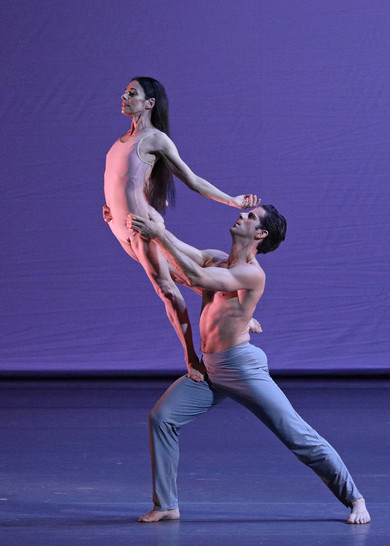Main Stage
Marius Petipa, (born March 11, 1818, Marseille, France—died July 14 [July 1, Old Style], 1910, Gurzuf, Ukraine, Russian Empire), dancer and choreographer who worked for nearly 60 years at the Mariinsky Theatre in St. Petersburg and had a profound influence on modern classical Russian ballet. He directed many of the greatest artists in Russian ballet and developed ballets that retain an important position in Russian dance repertoire. Petipa and his brother Lucien (later principal dancer at the Paris Opéra) received their early training from their father, Jean, a ballet master long active in Brussels. After Marius’ debut in Nantes, France, in 1838, he danced in Belgium, France, and the United States (he appeared in New York City in 1839) before accepting an engagement in Spain, where he gathered material for ballets later produced in Russia. He established a reputation as a talented pantomime artist and one of the outstanding dancers of his day. Petipa made his initial appearance at the St. Petersburg Mariinsky Theatre in 1847 in Paquita and staged his first original ballet, Un Mariage sous la régence (“A Regency Marriage”), there in 1858. For his wife, the ballerina Mariya Surovshchikova, he created Le Marché des Paris (1859; “Parisian Market”; staged as Le Marché des innocents, 1861). His first outstanding success was La fille du pharaon (1862; “The Pharaoh’s Daughter”). Later, after becoming choreographer in 1862 and chief choreographer in 1869, Petipa produced more than 60 ballets, working from carefully detailed plans that became the basis of modern classical ballet in Russia. He collaborated with Tchaikovsky on The Nutcracker (Casse Noisette, choreographed by his assistant Lev Ivanov) and The Sleeping Beauty and presented versions of Swan Lake, Raymonda, and Giselle that have been revived frequently. Among other major ballets are his Don Quixote (1869), La Bayadère (1877), and Le Corsaire (1899). After the death of his first wife, Petipa married another dancer, Lyubov Leonidovna. | ||||||||||


